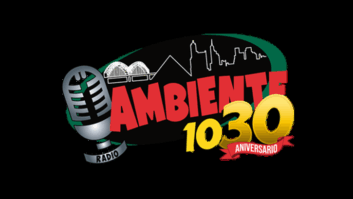On July 22, 2025, Radio World republished one of my articles from October 25, 2011. The title was, “Rebuild That Relic of an AM Transmitter.” The idea of the article is to keep an old tube-type AM transmitter for the day that it might be needed to keep a station on the air when a newer solid-state transmitter has failed or won’t run into an antenna problem.
As mentioned in that story, a tube transmitter can literally run into a “coat hanger” as an antenna instead of the 50 ohms that a solid-state transmitter needs to see to stay on the air.
Radio World reader Chuck Till K4RGN from Raleigh North Carolina wrote in to say my reference to obtaining replacement oscillator crystals was out of date. True, International Crystal and others have quit, probably because of reduced demand. AM and FM transmitters today use 10 MHz reference oscillator modules that are divided down to create a desired frequency.
If you need a new crystal, it could be a frequency synthesizer module, such as that from QRP Labs kit at $7.75 plus postage. This is from the amateur radio (ham) world and would not be a drop-in replacement for a crystal. However, a handy engineer could put one in a box with power supply, a simple low pass filter and maybe an amplifier to make the RF acceptable for an old transmitter. This may be more work than it is worth.
Going back to the article, the idea was to keep at least one backup transmitter in case of trouble. My recommendation is that backups should be tested, on the air, several times a year to confirm all is well. As you know, electronic equipment can fail while sitting idle. That is why you test for the day that it might be needed.
Many tube-type 250 and 1000-watt AM transmitters have found a second life in the ham community. They are relatively easy to move to 160-meters (1.8 to 2.0 MHz), 80-meters (3.5 to 4.0 MHz) and even 40-meters (7.0 to 7.3 MHz). In this case, crystals are rarely used. Instead, transmitters are often driven by frequency-agile amateur radio transceivers. AM modulation is popular in parts of the ham community.
Summary: Think ahead. Your solid-state transmitter can and will fail someday. What do you do then? A backup makes perfect sense.







